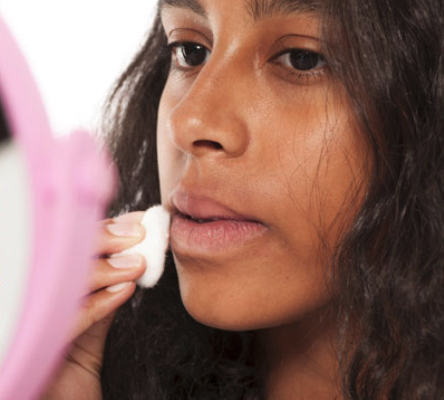Key Points/Overview
Mineral oil is a lightweight ingredient used in baby lotions, cold creams, ointments and many other cosmetic and personal care products, due to its ability to help reduce water loss from skin and keep it moisturized.
Mineral oil is used as a binding agent or lubricant in the manufacture of yeast and can be applied to grains like wheat, rice, oats and barley to help keep dust from adhering to the product.
Mineral oil is an inert, chemically stable ingredient with a long history of safe use in common topical applications. The FDA permits the use of mineral oil as an active ingredient in some over-the-counter drug product categories, including anorectal drugs, skin protectants and eye moisturizer products.
Uses & Benefits

Cosmetics & Personal Care Products
Mineral oil is a highly purified, lightweight ingredient used in baby lotions, cold creams, ointments and many other cosmetic and personal care products, due to its ability to help reduce water loss from skin and keep it moisturized.
The highly refined, purified mineral oil found in cosmetic and skincare products is noncomedogenic, meaning it does not clog pores.1 Because it also is an inert, stable compound, mineral oil is an ingredient in products for use on sensitive skin, because of its relatively low likelihood of causing a skin reaction, or of spoiling in hot, humid climates.1

Food
Mineral oil has applications in the manufacture of some basic food pantry staples – it is used as a binding agent or lubricant in the manufacture of yeast for example, and can be applied to grains like wheat, rice, oats and barley to help keep dust from adhering to the product.2 Mineral oil is also an ingredient in some types of gummy candies, like Swedish fish, because it can help keep sweets from sticking together.

Safety Information
Mineral oil is an inert, chemically stable ingredient, with a long history of safe use in common topical applications.3 FDA permits the use of mineral oil as an active ingredient in some over-the-counter (OTC) drug product categories, including anorectal drugs, skin protectants and ophthalmic moisturizers. In addition, the FDA regulates mineral oil as a multipurpose direct food additive with specific purposes, such as in the manufacture of yeast used to make bread, or to keep dust from adhering to some grains.2
The Cosmetic Ingredient Review (CIR), an independent expert scientific panel established by the Personal Care Products Council found that “…there was no valid scientific evidence in the published literature of any hazard identified for topical exposure to white mineral oil at any dose in multiple species.”4 The mineral oil used in cosmetics and personal care products is highly purified and refined to meet specifications for its use in pharmaceuticals, foods, cosmetics and personal care products.5
The Cosmetics Directive of the European Union allows the use of mineral oil in cosmetics and personal care products with no listed restrictions.6
Sources
- The Infant Skin Barrier: Can We Preserve, Protect, and Enhance the Barrier? (hindawi.com)
- CFR – Code of Federal Regulations Title 21 (fda.gov)
- A toxicological review of topical exposure to white mineral oils – ScienceDirect
- Cosmetic Ingredient Review | (cir-safety.org)
- Personal Care Products Council – Mineral Oil: https://www.cosmeticsinfo.org/ingredients/mineral-oil/
- CosIng – Cosmetics – GROWTH – European Commission (europa.eu)
- Review of data on the dermal penetration of mineral oils and waxes used in cosmetic applications – ScienceDirect


